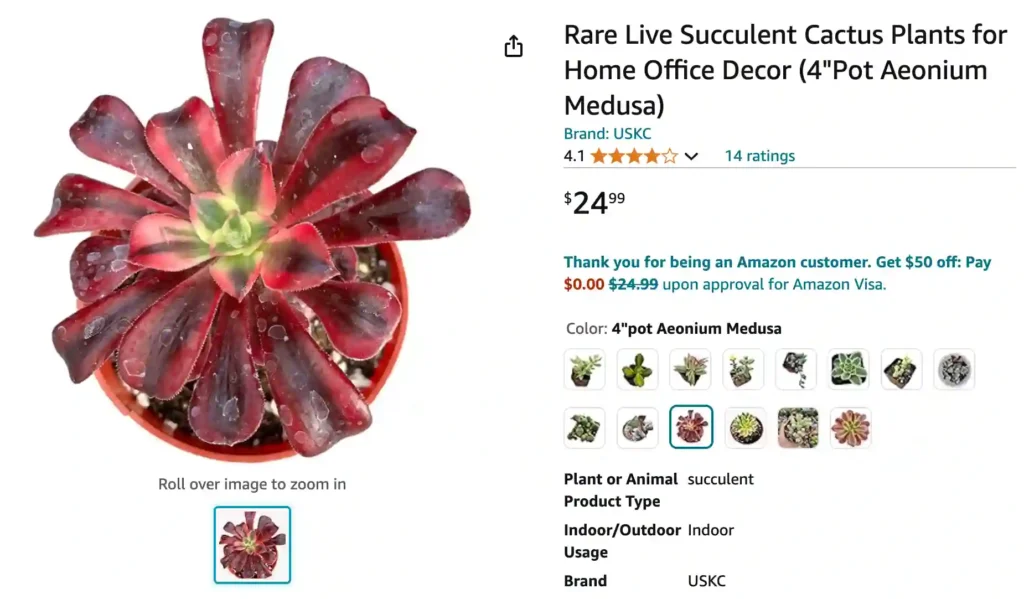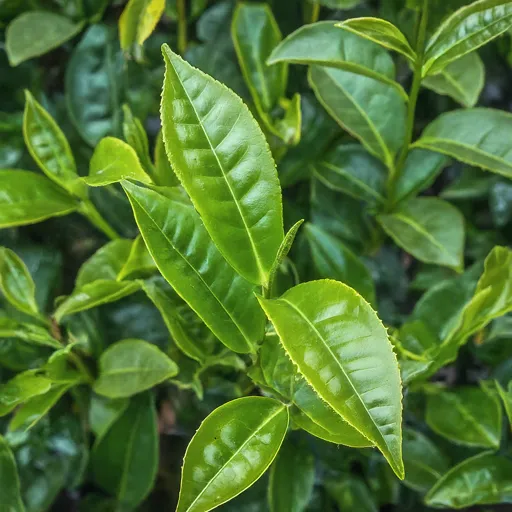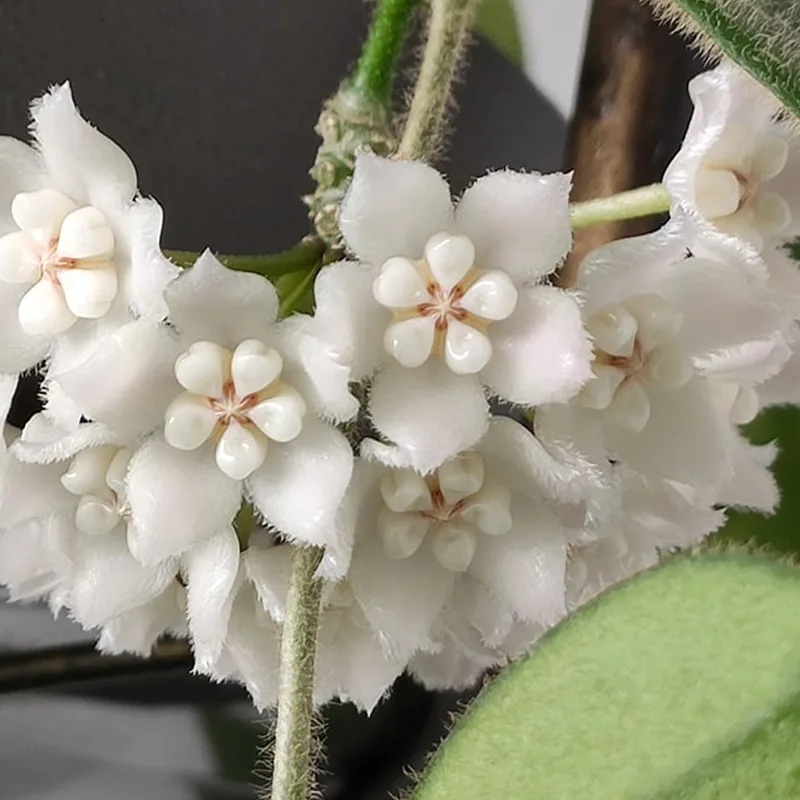
Aeonium Medusa: Unveiling the Secrets of the Most Stunning Succulent
Hi there, Ferb Vu here! Today, we’re diving deep into the world of succulents and focusing on a true showstopper: the Aeonium Medusa. This beauty has taken the succulent community by storm with its mesmerizing variegation and bold colors.
If you’re curious about this unique plant, you’ve come to the right place. This FAQ will answer all your burning questions about the Aeonium Medusa, from its origins and care needs to its dazzling appearance.
91 Species in Genus Aeonium
What is the Aeonium Medusa?
The Aeonium Medusa is a captivating succulent believed to be a variegated sport of the Aeonium Velour. This means it’s a genetic mutation of the Velour that resulted in its striking multicolored foliage.
Why is it Called “Medusa?”
The name “Medusa” perfectly captures the essence of this succulent. Just like the mythical Gorgon with her serpent hair, the Aeonium Medusa boasts a crown of densely packed, snake-like leaves. The vibrant colors further enhance the association, with some leaves resembling writhing serpents bathed in fiery hues.
What Does the Aeonium Medusa Look Like?
The Aeonium Medusa is a stunner. Here’s what sets it apart:
- Coloration: The star of the show is undoubtedly the foliage. The leaves boast a deep mahogany base that transitions to almost black at the center. This dark core is then edged with a vibrant red, especially during spring and summer. As winter approaches, the edges soften into a creamy white, creating a stunning contrast.
- Form: The Aeonium Medusa forms a rosette of fleshy, spoon-shaped leaves. It grows in a compact, branching manner, forming a full, multi-headed plant with maturity.
- Size: This succulent can reach a height of up to 40 centimeters (16 inches) and a similar spread within 5 years.
How Does the Aeonium Medusa Differ from the Aeonium Velour?
The Aeonium Velour is the suspected parent plant of the Medusa. Here’s a quick comparison:
- Coloration: The Aeonium Velour has a more uniform coloration, with deep green to almost black leaves. It lacks the striking red and white variegation that defines the Medusa.
- Form: Both plants share a similar rosette form, but the Velour tends to be single-headed, while the Medusa readily branches and forms clumps.
How Do I Care for My Aeonium Medusa?
The good news is that the Aeonium Medusa is a relatively low-maintenance succulent. Here are some key points to remember:
- Light: Provide your Medusa with plenty of bright, indirect sunlight. Avoid harsh afternoon sun, which can scorch the leaves.
- Watering: Water thoroughly when the soil feels completely dry to the touch. Overwatering is a major threat, so err on the side of underwatering.
- Soil: Use a well-draining succulent or cactus mix. Ensure the pot has drainage holes to prevent waterlogging.
- Temperature: The Aeonium Medusa thrives in warm climates. Protect it from frost and freezing temperatures.
How Can I Propagate My Aeonium Medusa?
This succulent is quite prolific and propagates easily through offsets (pups) that form at the base of the main plant. Here’s how:
- Gently remove the offsets from the mother plant using a clean knife or your fingers.
- Allow the offsets to callous over for a few days in a cool, dry place.
- Plant the offsets in a well-draining succulent mix and water sparingly until they establish roots.
Where Can I Buy an Aeonium Medusa?
Due to its popularity, the Aeonium Medusa might require some hunting. Look for reputable online succulent retailers or specialized nurseries that carry exotic succulents.
Final Thoughts
The Aeonium Medusa is a true gem in the succulent world. Its captivating colors and architectural form make it a conversation starter in any home. With proper care, this stunning succulent will reward you with years of beauty. So, why not add a touch of mythical allure to your succulent collection?
If i die, water my plants!



